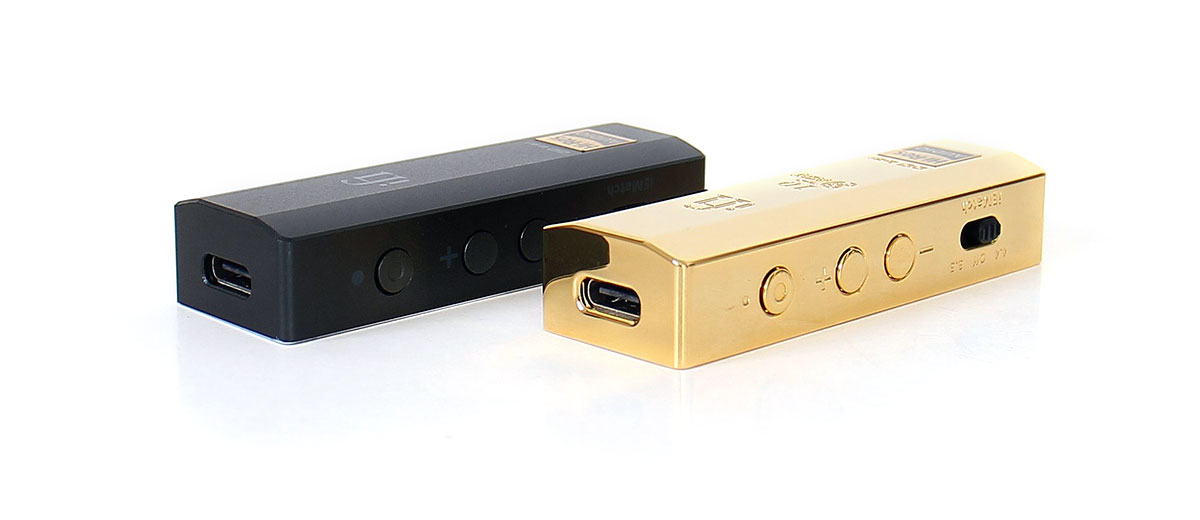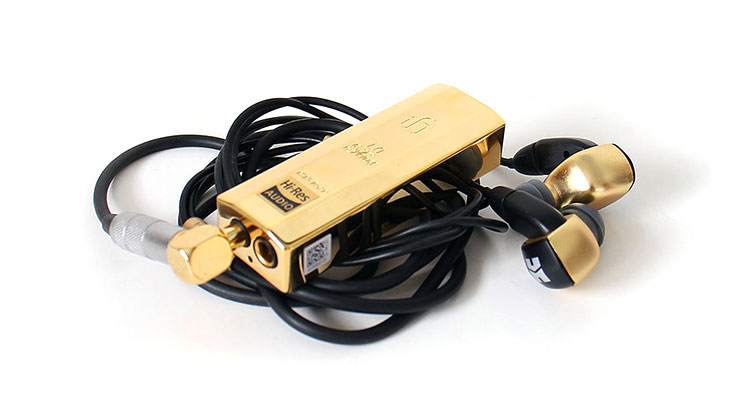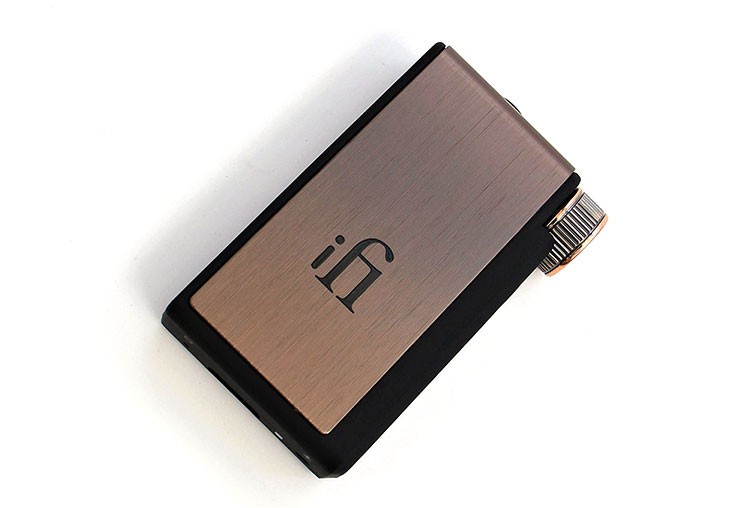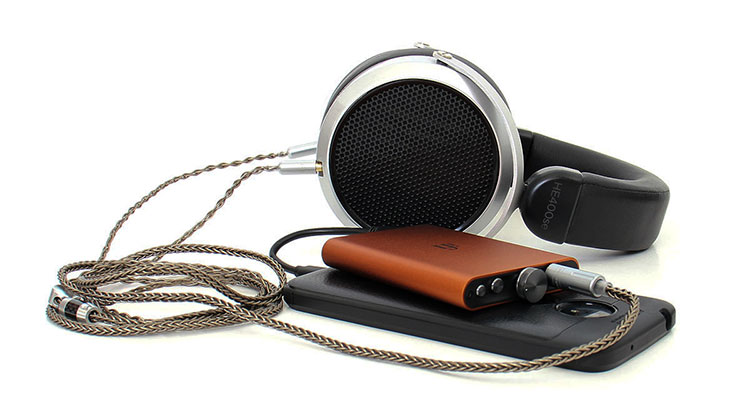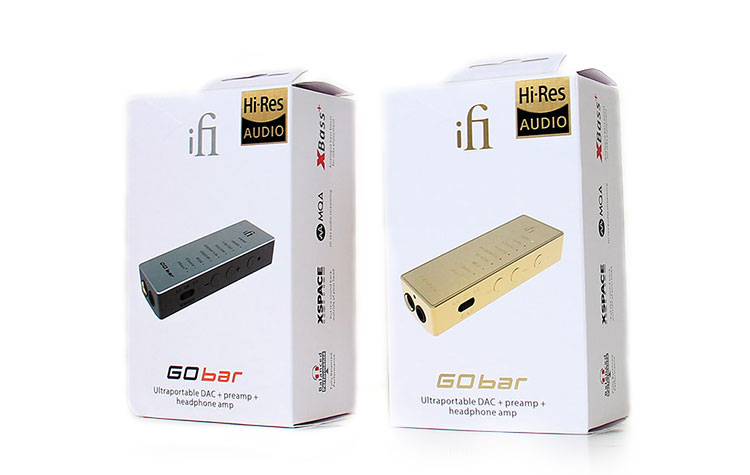Synergy
Power
Power output wise the iFi Audio GO bar cold probably drive any headphones out there decently. It certainly did drive all my planar cans such as the Sundara with ample volume and bass response.
I also got to drive a new in-the-market 300 Ω dynamic driver headphone with great results but those are getting a review soon so I will offer no spoiler alerts at this time, sorry.
On the other end of the power spectrum, the iFi Audio GO bar might scare off some thinking so much available power would certainly drain my daily mobile device within a half-hour, quite contrary.
The device consumes a maximum of 4 watts and I was quite surprised at how efficient or better said, how gentle it was on my battery, it was almost as if it had a hybrid battery system.
Pairing
On one end, what can you say about a device that runs plug and play on Windows, iOS, Android, or Apple mobile and even on a Chrome book? The iFi Audio GO bar doesn’t seem to care what you plug it into, it comes back at you with the same amount of performance time and time again.
What else can I say about a device that can drive any IEM in my collection plus some hard-to-drive headphones? The GO bar actually made a good pairing with my Arya which is not the easiest headphone to drive but did so at ear-splitting levels and with ample bass.
But the best part far as pairing is that with XBass, XSpace, four digital filters, and a 3-way IEMatch gain plus a turbo mode you could run bright or warm sounding IEMs or headphones, easy or hard to drive ones, and always find a pleasing setting and one with good end results.
A thought ran through my head to grab the HIFIMAN RE2000 Gold plated versions just to pair these two devices and rock out an all-gold theme setup. It was a match made in heaven with spectacular imaging which I never obtained before from any other dongle DAC and the staging, in particular, was rivaled only by some rather expensive gear.
Select Comparisons
Shanling UA5
$235.00
Technical
I consider the Shanling UA5 one of the best dongle DACs out there because just like the GO bar it has selectable DAC filters and more to choose from to boot with a total of 7 plus a few other features of interest.
The digital display comes in handy when you’re flipping options within the selected menu or just to get a glimpse of where the device is far as bit rate and if in dual or single DAC chip mode for example. This is one of the features that stick out of the UA5 because it’s rather unique.
Another cool factor about the Shanling UA5 is that it employs a hybrid internal battery in which it does not power the unit completely but it supplies the DAC section and amplifier section with operating voltage alleviating the power load of the source and improving battery life overall on your source mobile device.
The hybrid battery also acts as a clean power source and filter since it bypasses voltage conversion circuitry and uses the more stable and cleaner battery power. I think every dongle DAC maker should look into implementing a similar feature.
Design
The Shanling UA5 design is a rather sexy dongle body with a curvy figure and a slim long body. Along with a Monochrome OLED display it also sports a rotary multifunction horizontally mounted semi-counter sunken volume control that is gold plated and is another rather unique feature of the UA5 due to its high functionality.
The rest is elementary, with a USB-C port and two headphone outputs identical to the GO bar and both have a single-ended 3.5mm next to a 4.4mm Pentaconn dual connections at one end of the device.
The internals took different routes however and Shanling used two ESS ES9038Q2M chips with a Ricore RT6863 amp section, a crystal oscillator, a CT7601 USB bridge, and a custom gate array.
Performance
The UA5 is warm sounding with a medium-sized soundstage. It also has a very dark background and low noise floor. I had a hard time provoking hiss production from the UA5 and it seems the hybrid battery did the trick in this particular area which is additional to extended source battery life.
Power output is cleansed by that hybrid system but power output is only around half of the GO bar’s available maximum power output.
Actually, the GO bar has a rated 300mW coming off the SE side which is higher than the max UA5 balanced output power rating, and that extra power makes a small difference especially if you plan on using high impedance or inefficient cans.
Format-wise the UA5 is incapable of MQA but handles PCM and DSD fine and is also able to handle the highest bit rate settings on single DAC chip mode which saves on battery life further by running a single chip instead of two with no perceivable negative side effects.
iFi Audio GO blu
$199.00
Technical
Although the iFi Audio GO Blu is not promoted as a dongle DAC the size is just right for it especially considering it also has Bluetooth reception of up to LDAC and operates off its own internal battery power source.
Similar to the GO bar the GO Blu uses a Master HiFi Audio Cirrus Logic DAC chip but as a SOC with some iFi Audio custom OV OP amplifiers up front pushing through identical 3.5mm and 4.4mm output ports.
If you’re like me then you need help because I admit to being an XBass addict and with the GO Blu just as with the GO bar you get a dose but the feature seems more subtle and you get just a hint of color of the GO bar while the GO Blu bass response rises considerably with the feature engaged.
The GO Blu does have multimedia controls but that doesn’t rule out future firmware updates that could change the GO bar features. The GO bar doesn’t have those functions enabled but that could all change in 30 seconds or less.
Design
Up to now, the GO Blu held the title of being the smallest iFi Audio piece of gear not counting their USB power scrubbers and such. The volume control sticks out a bit but it serves multiple purposes and is a standout feature of the GO Blu. Yep, it sticks out as a standout feature.
The GO Blu looks almost vintage style, particularly because of its brushed copper look and dark brown color polymers. I’m still waiting for the copper to develop a patina but the laminate seems impervious to turning color like copper customarily does.
It seems on the surface that you get more for your bucks with the GO Blu since on top of the ability to act as a dongle DAC it receives high-rate Bluetooth codecs and also includes a MEMS microphone system. Of course, not to forget the addictive XBass and XSpace features but no selectable filters on the DAC section however that I know of.
Performance
Both of these devices actually share similar sonic characters, especially in tone but the GO Blu is more aggressively tuned, and the more forward plus the more immediately impressive sounding. However, the staging although not bad on the GO Blu excels when you switch over to the GO bar and even more so with the GOld bar.
The transient response seemed improved plus the power output makes a slight difference which sits at 245mW versus 475mW comparatively.
There is a level of refinement implemented within the GO Bar that stands out and it shows not only in raw power but in staging. One of the areas I feel dongle DACs need to improve upon is staging and the GO bar does just that.
iFi Audio hip-dac2
$189.00
Technical
Think portable, think hip-dac2. This iFi Audio device has become a go-to and I thought I’d be wrong to not compare these two very similar devices because on the surface it doesn’t seem so.
First off to point out the similarities both have 16 core XMOS chips, Femto clocks, and a list of similar compatible digital formats you could run. The hip-dac2, for example, can run MQA, PCM at up to 384kHz, and DSD256, the same as the GO bar.
Another similar area between these two devices is the similar available amount of power. The hip-dac2 puts out 400mW off the balanced 4.4mm connector and the GO bar does 475mW which is close but in this case, the smaller device can somehow put out more power.
Design
One of the hip-dac2’s advantages is the internal battery but of course, overall size increases at least four-fold plus weight. The battery does help if your mobile device’s battery life is important to you since the hip-dac2 runs off its own rechargeable battery exclusively.
Now that I gave all these units a better look I also see similarities in their volume control. If you look at the GO BLU volume knob, for example, they have the same knurling but of course, the Swiss watch of volume knobs award goes to the GO Blu.
Similarities between the GO bar and hip-dac2 besides similar Hexadeca-core XMOS are the Xbass and XSpace although I must point out the Xbass, in particular, seems more elevated within the hip-dac2 in comparison to the subtleness of the same feature implemented on the GO bar.
Performance
It is a tough call on which one of these two, the GO bar or the hip-dac2 wins in overall sound signature and performance but I tend to pick up the GO bar more often and I think it’s because I never have to charge it.
You get more power in a smaller package plus the added feature of selectable DAC filters which can also be auditioned in a smaller quantity of 3 over 4 but they have to be hard coded into the firmware when we speak of the hip-dac2 however you get that with the push of a button on the GO bar.
I cannot emphasize the importance of soundstage breakthroughs in dongle DAC manufacturing and the GO bar is an example of that in the flesh which makes it a slightly more interesting listen over most other dongles and even some portable DAC amp units.
Our Verdict
Perhaps some of the up-and-coming dongle DACs will exceed the iFi Audio GO bar’s performance but today it seems to stand up to its claim of being the most powerful dongle DAC around that employs the addictive iFi Audio features like Xbass and XSpace plus selectable DAC filters in a device that is super portable.
The features make the iFi Audio GO bar more versatile for pairing. However, some might not overlook not having any media controls. However, that might change since iFi Audio did the same step up with the Gryphon which when first released was lacking those features but were added later on with a firmware update.
The standout points are all skin deep and heard but not seen. Tonality, color, and body, raw power plus one of the best imaging capabilities I was able to extract from all the dongle DACs that crossed my hands make the iFi Audio GO bar probably the best dongle I have reviewed to date.
iFi Audio Go bar Specifications
- Input USB C
- PCM 1/48/88.2/96/176.4/192/35
- DSD 8/384kHz 2.8/3.1/5.6/6.1/11.3/12.3MHz
- DXD 8/384kHz
- MQA Full Decoder
- DAC Bit-Perfect DSD & DXD DAC by Cirrus Logic
- Headphone Output BAL 4.4mm/UnBAL 3.5mm
- Power Output Balanced 475mW@32Ω; 7.2V@600Ω UnBAL 300mW@32Ω; 3.8V@600Ω
- Output Impedance <1Ω (BAL/UnBAL) *
- SNR 132dBA / 108dBA (BAL/UnBAL)
- DNR 109dB(A) / 108dB(A) (BAL/UnBAL
- THD + N Balanced <0.002% (6.5mW/2.0V @ 600Ω) UnBAL <0.09% (100mW/1.27V @ 16Ω)
- Frequency Response 20Hz – 45kHz (-3dB)
- Power Consumption <4W max.
- Dimensions 65 x 22 x 13.2 mm (2.6″ x 0.9″ x 0.5”)
- Weight 5g (1.0 oz)
- Warranty period 12 months

